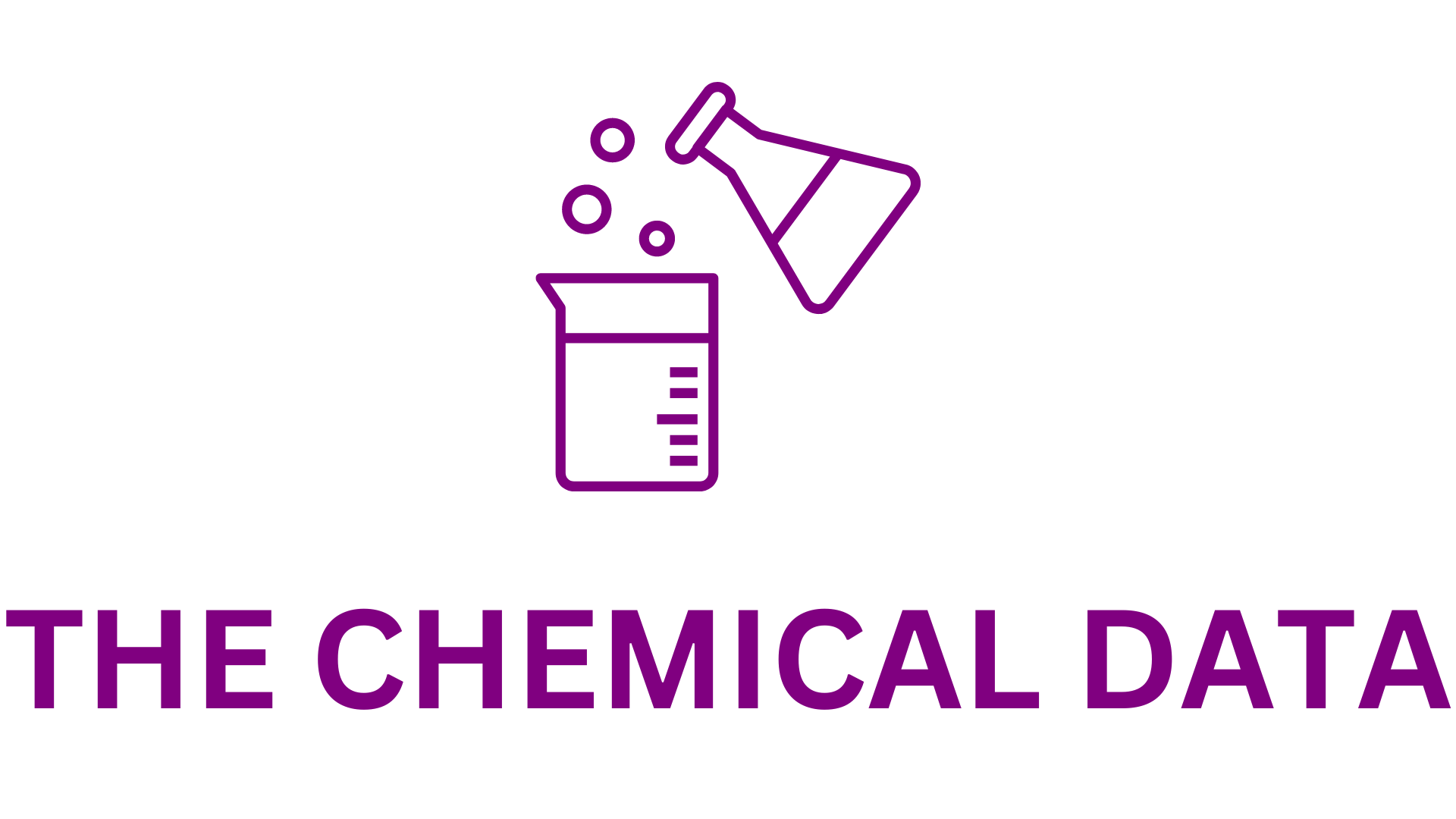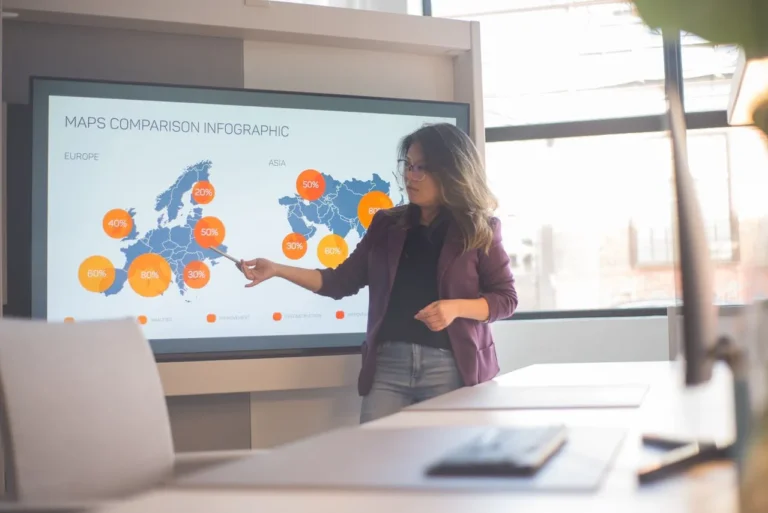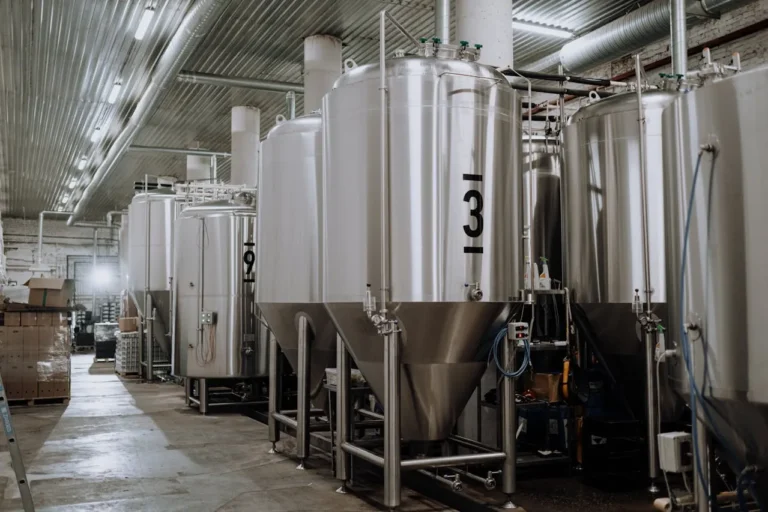
Biodegradable Plastics Market Outlook (2024–2029): A Comprehensive Analysis
The biodegradable plastics market is poised for significant expansion, projected to grow from USD 12.92 billion in 2024 to USD 33.52 billion by 2029, registering a robust compound annual growth rate (CAGR) of 21.3% during this period . This surge is driven by increasing environmental awareness, stringent regulations against conventional plastics, and the rising demand for sustainable alternatives across various industries.
Market Segmentation by Type
1. Polylactic Acid (PLA): PLA, derived from renewable resources like corn starch, is extensively utilized in packaging applications due to its biodegradability and mechanical properties. Its compatibility with existing manufacturing processes makes it a preferred choice for sustainable packaging solutions.
2. Starch Blends: Starch-based plastics are gaining traction for their cost-effectiveness and compostability. They are commonly used in agricultural films, packaging, and disposable items, offering an eco-friendly alternative to traditional plastics.
3. Polybutylene Adipate Terephthalate (PBAT): PBAT is recognized for its flexibility and rapid compostability. It is often blended with other biodegradable polymers like PLA to enhance mechanical strength and processability. PBAT’s applications span from bags to agricultural films, aligning with regulatory standards for compostable materials .
4. Polyhydroxyalkanoates (PHA): PHA, produced through microbial fermentation, is fully and biocompatible. Its versatility allows for applications in packaging, agriculture, and medical devices. PHA’s ability to degrade into natural substances without leaving toxic residues makes it an attractive option for various industries .
5. Polybutylene Succinate (PBS): PBS offers a balance between performance and biodegradability. It is utilized in packaging, agriculture, and consumer goods, providing a sustainable alternative with properties similar to conventional plastics.
End-Use Industry Analysis
1. Packaging: The packaging industry remains the largest consumer of biodegradable plastics. With increasing consumer demand for sustainable packaging and regulatory pressures, companies are adopting materials for applications ranging from food packaging to carrier bags.
2. Consumer Goods: Manufacturers of consumer goods are integrating plastics into products like electronics casings, household items, and personal care products. This shift is driven by consumer preferences for environmentally friendly products and corporate sustainability goals .
3. Textiles: The textile industry is exploring biodegradable plastics for applications such as fibers and non-woven fabrics. These materials offer an eco-friendly alternative to synthetic fibers, aligning with the industry’s move towards sustainable fashion.
4. Agriculture & Horticulture: plastics are increasingly used in agriculture for mulch films, seed coatings, and plant pots. These applications help improve soil health, reduce plastic waste, and eliminate the need for removal and disposal of conventional plastic films .
Regional Market Insights
Asia-Pacific: Asia-Pacific is anticipated to be the fastest-growing region in the plastics market. Factors such as economic development, availability of raw materials, and government initiatives against single-use plastics contribute to this growth. Countries like China and India are witnessing increased adoption of biodegradable plastics in packaging and agriculture .
Europe: Europe holds a significant share of the biodegradable plastics market, driven by stringent environmental regulations and consumer awareness. Countries like Germany, France, and Italy are leading in the adoption of materials, supported by well-established composting infrastructure .
North America: In North America, the market is propelled by corporate sustainability initiatives and regulatory measures. The U.S. and Canada are witnessing increased use of biodegradable plastics in packaging and consumer goods, reflecting a shift towards sustainable practices.
Market Drivers and Challenges
Drivers:
- Environmental Regulations: Governments worldwide are implementing policies to reduce plastic waste, encouraging the use of biodegradable alternatives.
- Consumer Awareness: Growing awareness of environmental issues is influencing consumer preferences towards sustainable products.
- Technological Advancements: Innovations in biodegradable plastic production enhance material properties and expand application areas.
Challenges:
- Cost Competitiveness: Biodegradable plastics often have higher production costs compared to conventional plastics, posing a challenge for widespread adoption.
- Infrastructure Limitations: The lack of adequate composting and recycling facilities can hinder the effective disposal of biodegradable plastics.
- Performance Limitations: Some biodegradable plastics may have limitations in terms of durability and shelf-life, affecting their suitability for certain applications.
Competitive Landscape
The biodegradable plastics market is characterized by the presence of several key players focusing on innovation and strategic partnerships to expand their market presence. Notable companies include:
- NatureWorks LLC (US): Specializes in PLA production, offering sustainable solutions for packaging and consumer goods.
- BASF SE (Germany): Provides a range of biodegradable plastics, including ecoflex® and ecovio®, catering to various industries.
- TotalEnergies Corbion (Netherlands): Focuses on PLA production with applications in packaging and consumer products.
- Mitsubishi Chemical Group Corporation (Japan): Offers a portfolio of biodegradable plastics for packaging and agricultural applications.
- Biome Bioplastics (UK): Develops biodegradable polymers for packaging, catering, and electronics.
These companies are investing in research and development to enhance product performance and expand application areas, aiming to meet the growing demand for sustainable materials.
Future Outlook
The biodegradable plastics market is set to experience substantial growth, driven by environmental concerns, regulatory support, and technological advancements. As industries and consumers increasingly prioritize sustainability, the demand for biodegradable plastics is expected to rise across various sectors. Continued innovation and investment in infrastructure will be crucial to overcoming current challenges and unlocking the full potential of biodegradable plastics in the global market.







